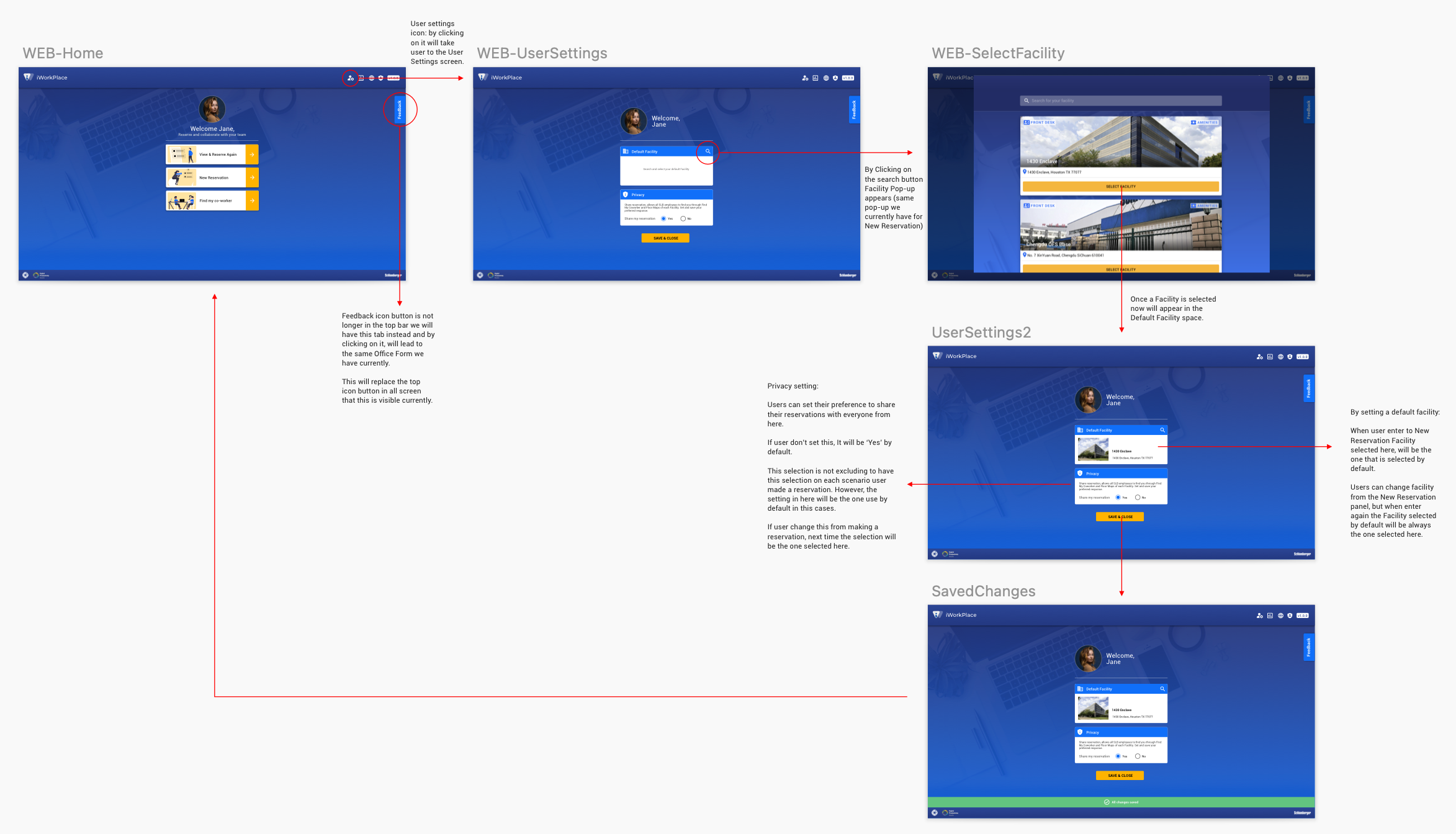iWorkPlace
A Digital Solution for Booking Workspaces and Promoting Collaboration
Case Study
Do you remember the days before the pandemic? We used to go to the office every day, have our own personalized workspace, see our coworkers daily, and enjoy coffee breaks and gossip sessions. What a time, wasn’t it?
When everyone was sent to work from home, it was initially strange and uncomfortable for many people. However, as the lockdown persisted, people adapted and even found themselves feeling more productive, comfortable, and joyful working from home. This shift changed the game for many companies. Not only did pre-pandemic employees notice the benefits of remote work, but a new generation of employees who had never needed to go to an office before also loved it.
Companies needed to redefine and adapt to this new way of working. By the time the pandemic was over, remote and hybrid jobs had become “the new way of work,” and not everyone was willing to return to the office. This posed a significant challenge for companies, as they had to reorganize workspaces and become more flexible with in-person attendance at their facilities.
The company where I worked was no exception. A few years before the pandemic, they had already begun testing a hybrid model by allowing employees to work from home two days a week. This approach opened the door to flexible workspaces across all facilities, with no fixed desks. However, when the pandemic ended, the company faced a new challenge.
More people were attending the office in person, and without assigned workspaces, it was difficult for employees to find available workspaces upon arrival.
This is why iWorkPlace was born.
In late 2020, iWorkPlace was launched to meet the company's need for a tool where employees could book workspaces. By early 2021, when I joined the company, this was my first and primary project.
The app had already achieved great adoption success, with more than 100 facilities enrolled and over 10,000 employees using it frequently. It was iterating based on user feedback and the initial feature mapping from the first design.
My first role in this project was as a UX/UI Designer and Researcher, helping design new valuable features to enhance the app and provide the best user experience for all stakeholders.
Besides the recurrent design support for continuous improvement, I designed several features, with the following being the most notable:
Neighborhood Restriction
Several app users had roles requiring them to handle sensitive or confidential data. Since workspaces were not fixed, any employee, regardless of their job role or division, could book workspaces anywhere in the facilities.
This represented a significant challenge and an opportunity to improve app functionalities by creating a feature to allow Admins to establish fixed areas (called neighborhoods) within the facility and assign employees to these neighborhoods.
This ensured that employees with similar job roles booked their workspaces in the same area. To create this feature, we began with a research stage where I interviewed key stakeholders from over seven countries who served as Admins in the app. This helped us understand their needs and define the problem statement.
After analyzing and presenting the research findings to the Business Owners, I entered a design phase, creating black-and-white wireframes and initial prototypes for stakeholder validation. Following this, I conducted user testing with the prototypes to ensure the solution worked well for daily users. Once interactions, features, and functionalities were mapped, tested, and defined, I finalized the user interface based on the initial visual design. This functionality has become a key tool for Facility Admins and is the third most-used feature in the app, according to recurring user sentiment forms.
Share Reservation
When booking a workspace, users could not see their coworkers on the floor map. They had to use a feature called “find my coworker,” which allowed them to see only one coworker at a time to book a space near them. User feedback indicated a need to allow users to see who was sitting next or near to them when booking a workspace, ensuring they could sit near to coworkers they needed to work with.
To design this feature, I recommended starting with a poll-based research to understand if the feature would be used and how users might interact with it, considering that some users might not want to share their reservation spot. The poll results were positive, with the option for users to not share their reservation if they preferred.
To address this, I designed a functionality with a simple yes/no question at the end of the booking process, allowing users to share their reservations if they wished. If they chose not to share, their booking would be shown as “anonymous,” and their names would not be visible on the reserved workspace.
Additionally, I added a new filter on the reservation panel to allow users to see booked spaces on the floor map and, by clicking on a particular space, see who would be sitting there, accordingly on their “share reservation” preference marked when booking.
iWorkPlace’s new face
When my role changed to UX/UI Design Lead, we had several new team members who lacked context about the app. Consequently, I became a Subject Matter Expert (SME) for the tool, which changed my responsibilities to be more strategic. As a co-product owner, I helped analyze user feedback, identify and map bugs with the QA team, and engaged in constant discussions with the business to ensure enhancements and maintenance of the tool. Additionally, the company rebranded, prompting us to redesign the app based on the new Design Language System and branding guidelines.
This presented a great opportunity to review and improve the overall user experience while updating the UI to meet the new branding standards.







